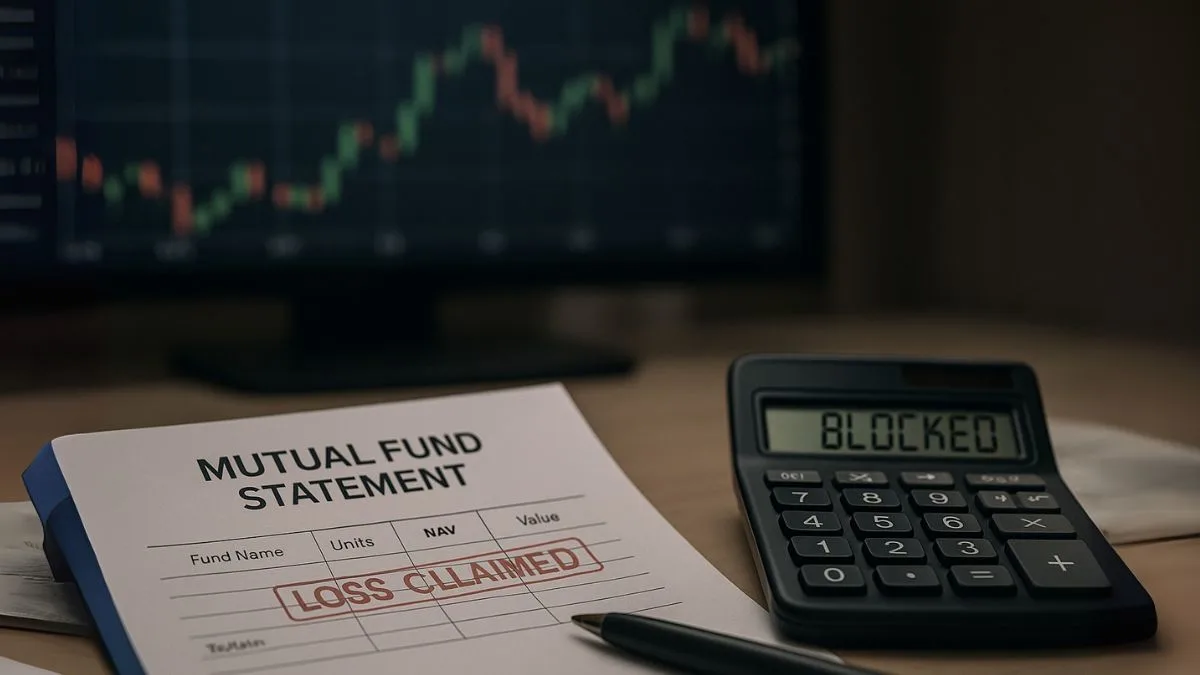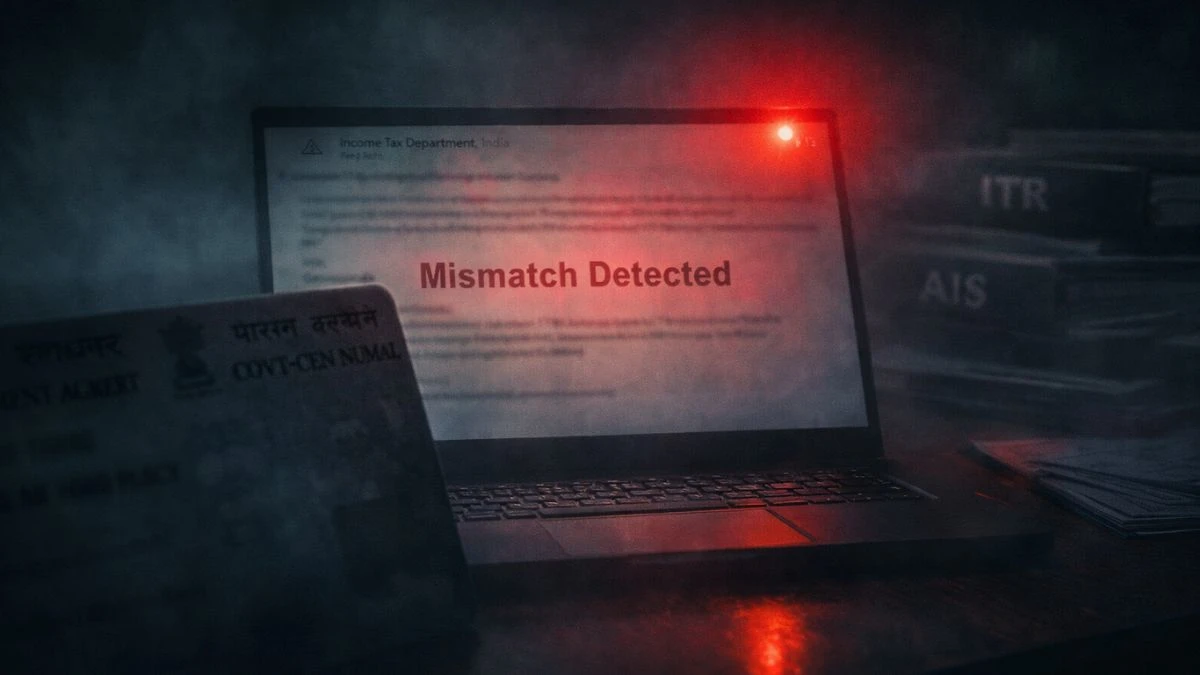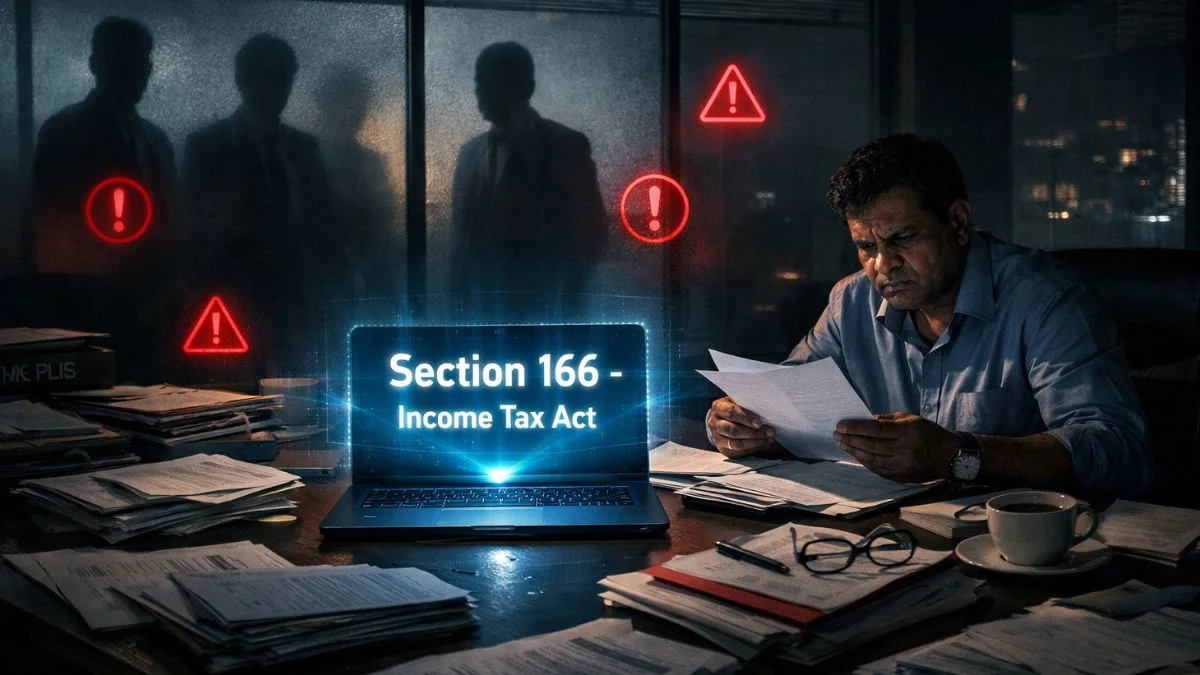
Tax laws evolve not just to collect more revenue, but to guard against abuse. Over time, some investors attempted to exploit timing of dividend or bonus issues to generate artificial losses. To curb such practices, Section 94J operates as an anti-avoidance provision under the Income Tax Act. In 2025, with growing financial market activity, this section becomes more relevant than ever.
In this article, we’ll understand exactly how Section 94J works in 2025, what types of transactions it targets, recent judicial or administrative clarifications (if any), & how genuine investors should plan to avoid negative consequences.
What Exactly Does Section 94J Cover?
- Section 94J prevents a taxpayer from claiming capital losses arising out of certain dividend stripping or bonus stripping in shares or units of mutual funds.
- Dividend stripping refers to the practice of buying units just before a dividend is declared, receiving the dividend, & then selling those units at a loss.
- Bonus stripping is when an investor acquires units, receives bonus shares, & then sells original units to crystallize a loss while retaining bonus units."
- The logic is: these losses are artificial, structured purely for tax benefits—not based on genuine market risk.
Under Section 94J, the loss is ignored (i.e., disallowed) to the extent of the dividend or bonus income that triggered the transaction.
Illustrations of Section 94J (2025)
Dividend Stripping Example
- Investor A buys mutual fund units for ₹10 lakh just before dividend is declared.
- The fund declares a dividend of ₹1 lakh.
- After dividend date, the investor sells the units for ₹9.2 lakh.
- Without Section 94J: Investor might claim a loss of ₹80,000 as capital loss.
- With Section 94J: The portion of loss attributable to the dividend (₹1 lakh) is disallowed. Only the loss beyond that (if any) is permitted.
Also Read: Deemed Dividend and Its Tax Implications
Bonus Stripping Example
- Investor B holds units & receives bonus units (say 1 bonus unit per 1 unit).
- He sells original units (pre-bonus) at a loss, but retains bonus units.
- Section 94J disallows that portion of loss which corresponds to value credited as bonus, because it is a structured tax maneuver.
Key Legal Principles and Limitations in 2025
- Only losses tied to dividend or bonus stripping are disallowed; genuine capital losses from market fluctuations remain eligible for set-off / carry forward as per general capital gains rules.
- Section 94J does not validate assessment orders or override due process — it only acts to ignore artificial losses, not to cure substantive defects.
- Misquoting of any section in orders or notices cannot automatically invalidate them just because of Section 94J logic — technical errors don’t necessarily void an order."
- Omissions may be rectified — e.g., if a taxpayer inadvertently missed applying Section 94J in an assessment order, the assessing authority may correct it under law (where permissible).
- However, Section 94J cannot legitimize a void or non-jurisdictional order—if an assessment is wholly illegal, Section 94J won’t rescue it.
Thus, Section 94J is firm in its domain but doesn’t override all legal safeguards.
Recent Developments or Clarifications (as of 2025)
As of now, there is no major amendment specifically targeting Section 94J in the 2025 Finance Act or Budget. The section continues to operate as before.
However, some trends to watch:
- With increasing mutual fund participation & dividend yield adjustments, more taxpayers are engaging in high-frequency fund switching. This raises scrutiny on whether such shifts mask dividend/bonus stripping.
- Tax authorities often review mutual fund transactions & compare dividend dates and sale dates to detect patterns of stripping.
- In assessments, the authorities may demand detailed computations from taxpayers showing how their losses are genuine & not structured.
Given these trends, investors must maintain good documentation & rationale for their trades.
Also Read: Dividend Stripping and Capital Loss Restrictions
Compliance Tips for 2025
- Maintain chronology: Date of purchase, dividend record date, & subsequent sale date must be clearly documented.
- Calculate tax impact: When you sell after receiving dividend, compute the portion of your loss that Section 94J may disallow.
- Avoid short-term looping purely for tax gain: If your trades are outside realistic investment timelines, they may be challenged."
- Disclose in return: In capital gains schedules, provide necessary notes if Section 94J disallowance applies.
- Retain communications: Fund statements, dividend notices, broker statements – these form your backup in case of scrutiny.
Why Section 94J Matters More in 2025
- Mutual fund participation is growing; more taxpayers are getting exposed to dividend / bonus plans.
- Market volatility leads to more trading, increasing chances of timing-based strategies.
- The tax department is strengthening data analytics & matching tools; stripping patterns are easier to pick out."
- For taxpayers, ignoring Section 94J can lead to adjustments late in assessment & surprise tax bills.
Investors and professionals must be aware, proactive, and compliant in their planning.
Also Read: No TDS on Interest or Dividend Payable to Government, RBI & Certain Corporations
Conclusion
In 2025, Section 94J of the Income Tax Act remains a vital anti-avoidance tool. It ensures that artificial losses arising from dividend or bonus stripping are disallowed, while leaving genuine market losses intact. While it doesn’t invalidate assessment orders or cure substantive defects, it operates firmly in its sphere to preserve tax fairness.
To use it smartly: keep clean records, avoid manipulative timing, compute your losses carefully, & disclose clearly. That way, you stay aligned with both tax law and market reality.
👉 Want a tailored review of your portfolio or trades to see if you may be impacted by Section 94J? Reach out through Callmyca.com and let our tax experts help you stay safe, compliant, and optimized.











